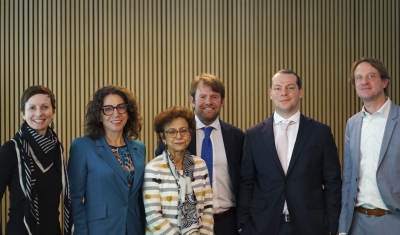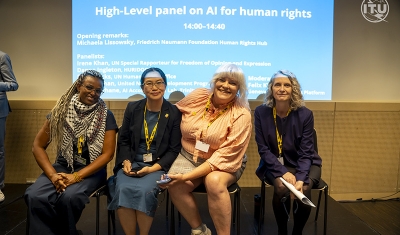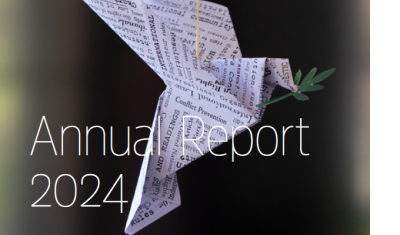The UNGPs provide a framework for States to address the governance of new technologies and their impact on human rights. The 30 experts – from government, national human rights institution, business, academia, civil society and the Office of the UN High Commissioner for Human Rights (OHCHR) – discussed the key features of the UNGPS’ State duty to protect pillar and provided comments on a draft foundational paper for B-Tech Project Focus Area 4 that set the frame for the consultation.
The consultation covered all aspects of this pillar, including:
- States implementing a ‘smart mix of policy and regulatory measures, both nationally and where relevant, via international approaches.
- Potential opportunities created by trends towards mandatory human rights due diligence, which would apply to a large number of technology companies.
- Situations where States contract with, partner with, license from or support technology companies (‘State-Business Nexus’).
- How to increase State capacity and internal policy coherence to address the complexity, scale and fast-evolving nature of the technology industry.
The soon-to-be-published foundational paper serves as a conversation starter on the State duty to protect human rights in the technology space, and policy and legislative incentives to require business to respect human rights.









